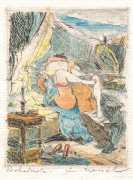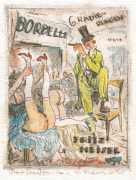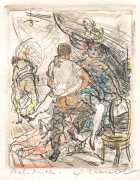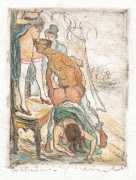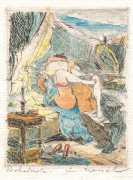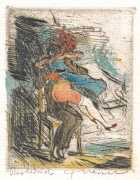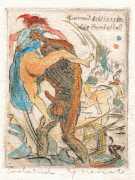
Fritz Meisel was a talented and prolific German artist, but because nearly all his work was produced for newspapers and cinema ephemera, little of which has survived, he is not as well known as he deserves to be. He grew up in Weimar, and studied at the city’s Grossherzoglich-Sächsische Kunstschule (Saxony Grand-Ducal Art School), where he was fortunate to be taught as a master student by the painter and illustrator Walther Klemm, who had been made Professor of Graphics there in 1913. While Fritz Meisel was still a student in 1919, the school was renamed Bauhaus by its new director, Walter Gropius, and Meisel enthusiastically embraced Bauhaus principles, with its clean lines and avoidance of unnecessary decoration.
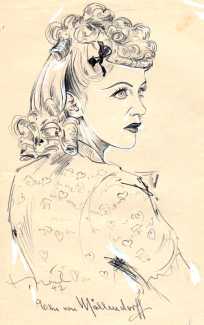
After active service in the First World War, Meisel settled in Berlin, where his ability to create quick and accurate drawings found him freelance work with a large number of newspapers and magazines, including Berliner Lokal-Anzeiger, Berliner Tageblatt, Der Deutsche, Deutsche Zeitung, Die Grune Post, Der Junggeselle, Kreuz-Zeitung, Sport im Bild, Der Tag, Tempo, Die Weite Welt, Die Woche and Zeitbilder. Over the years he made many portraits of people from the worlds of film, theatre, music and sports.
In the 1930s Meisel increasingly became involved in the rapidly-growing German film industry, producing a range of graphics for studios, especially for the film companies UFA, Tobis and Terra. In 1945, having been a member for more than twenty years, he joined the board of the Verbandes der Presseillustratoren (Association of Press Illustrators), in which he continued to be active into old age.

